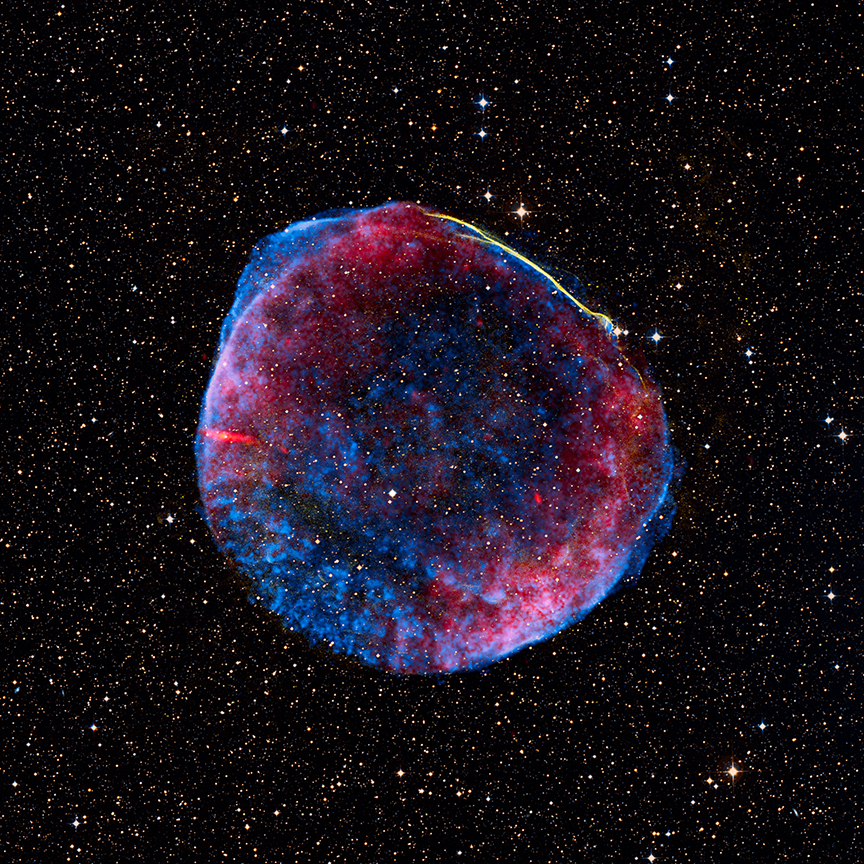this post was submitted on 07 Aug 2023
16 points (100.0% liked)
Nature's Patterns - the beauty in the details
781 readers
1 users here now
Lots of communities are dedicated to nature's big pictures, the breathtaking vistas and scenic landscapes. Those are all great, but I find the details of the natural world to be just as much of a draw.
From ripples in sand, to whorls in bark, this community celebrates the beauty in the little patterns and textures of nature.
founded 2 years ago
MODERATORS
you are viewing a single comment's thread
view the rest of the comments
view the rest of the comments

From the source: